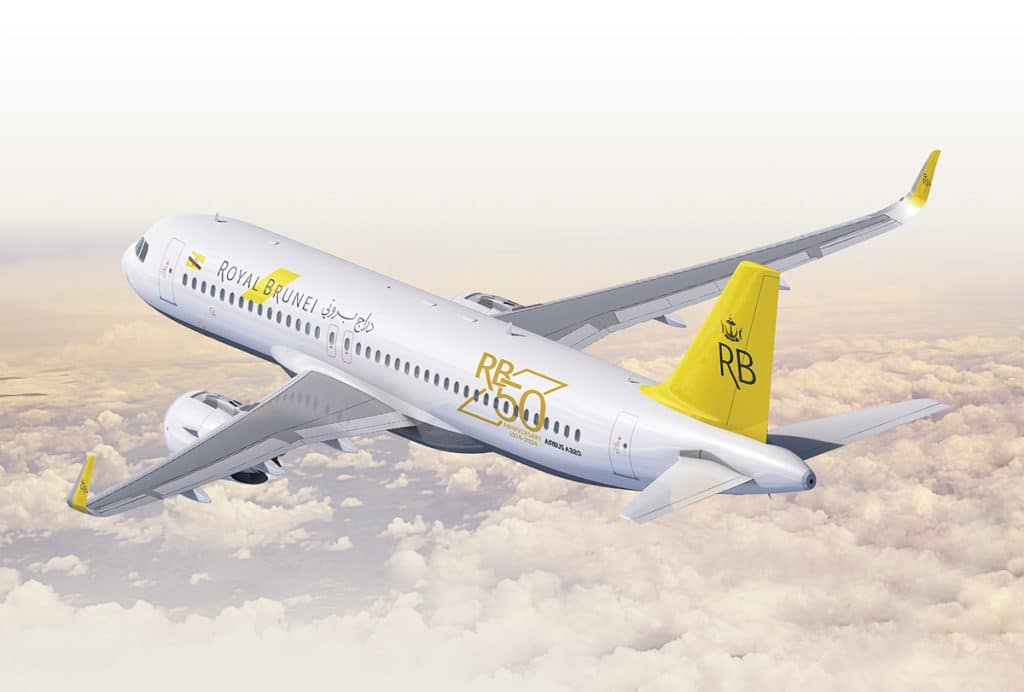Reaching Multi-Cultural Audiences in North America to Maximize Content Distribution
By Rob Cerbone, Intelsat’s Vice President and General Manager, Media Services
Viewers migrating to other countries miss many aspects of their homeland. Television programming need not be on the list. For content producers, there is an opportunity to find a vastly engaged audience for your content, especially in the U.S. and Canada, countries with a high percentage of expats.
There is definitely a ripe audience for international broadcasters and programmers who want to deliver news and entertainment to multi-cultural communities. But with the constant threat of shrinking budgets and the growing demand for high-transmission quality from viewers, programmers face pressure from both sides. Is there a solution for delivering high-quality, programming that connects with diverse communities, at an economical cost?
Some multi-cultural programming is available via broadband, but quality control is non-existent. Programs in widely spoken languages such as Spanish and Chinese are carried by North American cable or DTH providers, an expensive option where costs increase with every viewer.
The most diverse packages of news, sports and entertainment targeting special interest groups are delivered through Intelsat’s Galaxy 19 video neighborhood.
Galaxy 19 hosts programming in more than 30 languages – including Syriac, Amharic, Tagalog, Urdu, Vietnamese, Bengali, Kazakh, Farsi, and many more – from nearly 50 different countries. Languages represented in the programming on Galaxy 19 are spoken by approximately 70 percent of the non-Spanish- or English-speaking population of North America.
Galaxy 19 carries 286 television and radio channels of foreign language programming to North American viewers, with about half originating in the Middle East and the other half scattered around the globe. Of the channels, 219 are TV and 67 are radio programming.
Some of the content providers are rather small companies, and one of the advantages of using Galaxy 19 is that programmers can control distribution costs as their audience grows. They pay only a flat fee to distribute the programming on the satellite, no matter how many viewers they have. This is in stark contrast to cable, online programming, DTH, or over-the-top platforms that charge fees based on viewership. And by using a single satellite platform, the programmers can reach all of North America without having to make separate arrangements with cable, online or DTH providers scattered across the North American continent.
Galaxy 19 is a large, diverse video neighborhood with many programmers targeting the same radio and TV audiences. The density of programming in a particular language prompts more native-language speakers to purchase and install the equipment necessary to receive the (often free) Galaxy 19 signals, gradually growing the potential audience for all of the programmers. The satellite signal is far superior in quality to what a viewer might get using broadband to stream native-language programming. With higher quality service, the programmers build their brand by delivering a viewer experience that rivals major networks.
In a world that relies on technology to stay connected to everyone, everywhere and at all times, Galaxy 19 serves as a connection hub for first- and second-generation U.S. residents and visitors who want to remain close to their homeland, as well as other groups who want to have access to programming which closely targets their interests and culture. The video neighborhood breaks down language and cultural barriers, helping viewers and listeners connect with their native communities and cultures and offering programmers more audience diversity than any other DTH platform serving North America.






















